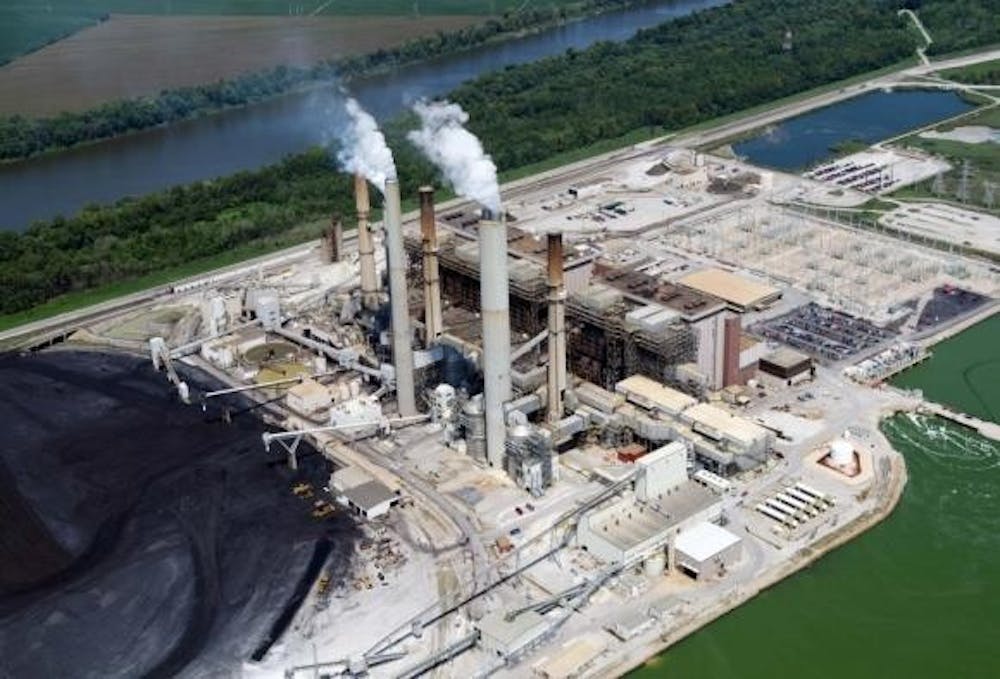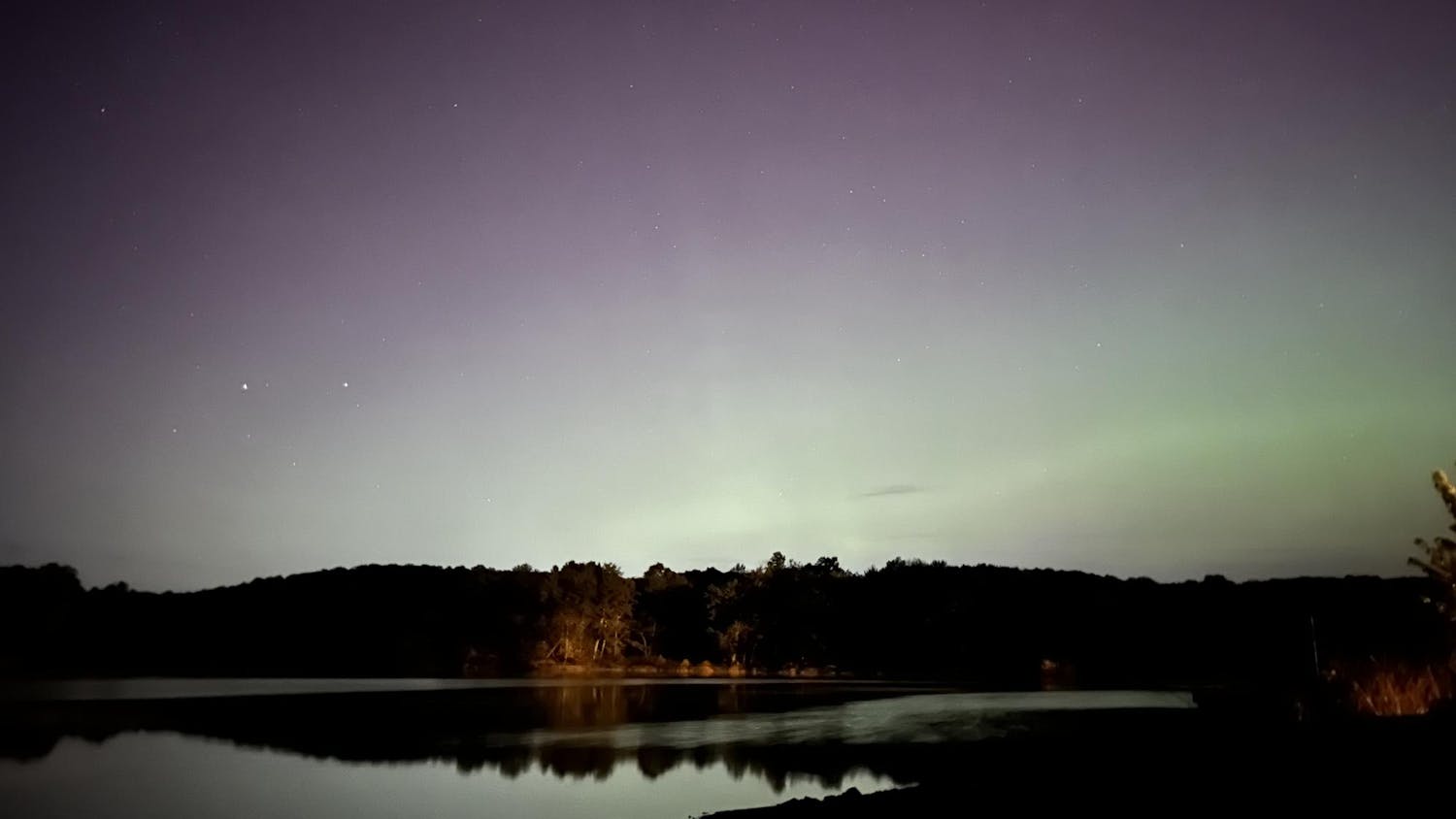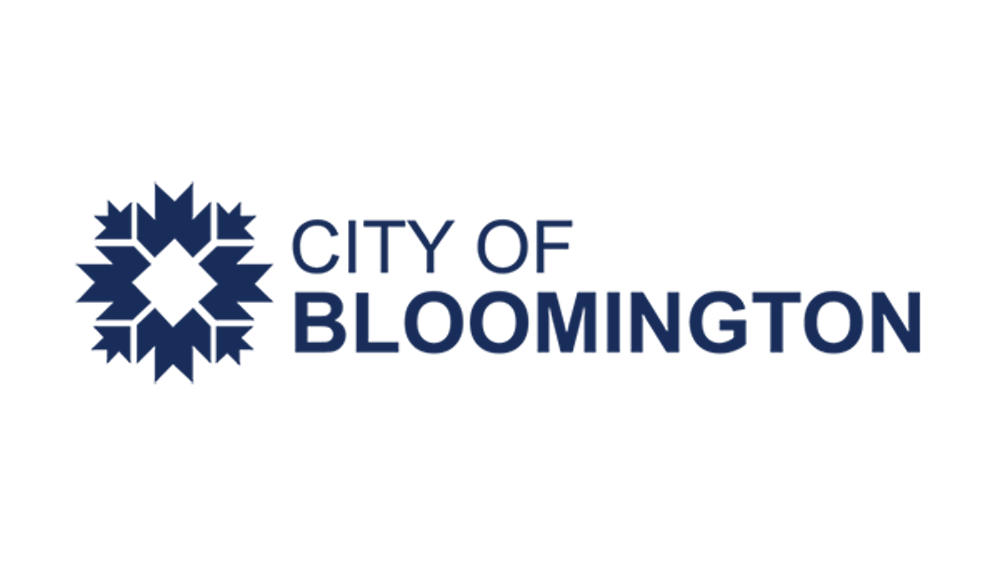Five coal-fired power plants in Indiana were included in Environment America’s list of Dirtiest Power Plants in a report released in September.
The five plants account for 27 percent of total carbon dioxide emissions in the state, according to the report.
Environment America is a federation of state-based, citizen-funded environmental advocacy organizations, according to its website.
The top emitting plant, Gibson Generating Station in Gibson County, Ind., operated by Duke Energy, accounted for almost 16.9 million metric tons of carbon dioxide emissions produced annually by Indiana, according to the report.
Angeline Protogere, communications manager for Duke Energy, said the ranking system used by Environment America is flawed.
“Reports like the one from Environment America are basically just a listing of large coal units across the country and make no effort to rank them with regard to efficiency,” Protogere said. “While it’s a large station, it’s also equipped with some of the most advanced air emissions controls available.”
The Gibson Station has extensive pollution controls, including “scrubbers,” which control sulfur dioxide emissions.
“Since 2008, our emissions have dropped nearly 20 percent across the states we serve due to coal plant retirements, new gas plants and reduced demand for power on our system,” Protogere said.
Using coal allows Duke to keep rates low for its customers, Protogere said.
Jesse Kharbanda, executive director of the Hoosier Environmental Council, said utilities aren’t giving alternative sources a fair chance.
“The price of alternatives to coal has gone down substantially, and it’s more cost competitive than they’re giving it credit for,” Kharbanda said.
The utility companies alone cannot reduce Indiana’s carbon footprint, though, Kharbanda said.
“Consumers, producers and legislators all need to make changes to reduce our dependence on coal,” Kharbanda said.
Kharbanda said one solution would be to implement a stronger demand side management program targeting the industrial sector, the largest consumer of electricity.
Demand side management refers to “the planning, implementation and monitoring of utility activities designed to encourage consumers to modify patterns of electricity usage, including the timing and level of electricity demand,” according to the Indiana Utility Regulatory Commission’s website.
In the 2014 legislative session, the HEC will also be pushing for Indiana to implement a property assessed clean energy program.
Such an initiative would allow for new sources of financing for businesses to invest in clean energy.
“If you can show why a policy is beneficial for everyone, then you can at least start the discussion, and hopefully with time, there is enough comfort to develop positive policy change,” Kharbanda said.
Follow reporter Brianna Meyer on Twitter @brimmeyer.
5 Indiana coal power plants listed among nation’s dirtiest

Get stories like this in your inbox
Subscribe





